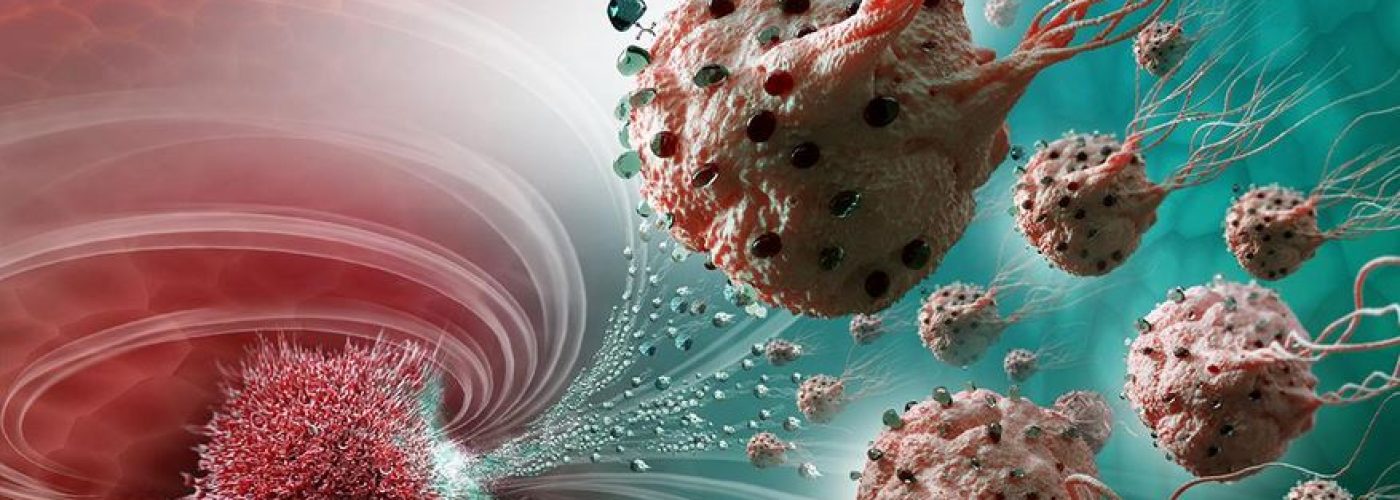Particles of very small dimensions that produce cell death in malignant tumors are tested and can be very useful in combating the more aggressive forms of the disease. Nanotechnology has been used for a few years now in the field of medicine, mainly in medicinal labs with electrospinning equipment or nanofiber fabrication, to implement certain techniques useful to medicine.
Worldwide the most usual malignant tumors are those of breast, prostate, cervical, colorectal, lung and stomach. In some countries alone, 20,444 new cases are diagnosed each year, and it is usually the third leading cause of death after heart disease and diabetes mellitus, according to expert Dr. Abelardo Meneses García, director general of the National Institute of Cancerology of Mexico.
The diagnoses are not yet done in a timely manner because “unfortunately the size of mammary gland tumors that reach our institutions vary between five and six centimeters in diameter, which remains a problem,” lamented Dr. Meneses.
Nanotechnology applied to medicine emerged from diverse fields of research, so it is a product of interdiscipline and has increased the quality of research to make better diagnostics, treatments, monitoring and control of biomedical systems.
The dimensions in which nanotechnology moves are very small, as a nanometer is one billionth of a meter. However, in various areas of health it has allowed better results in medical treatments. “When we talk about nanotechnological materials, we are referring to those who can conventionally change their chemical and physical properties, which makes them more resistant, light and soluble,” said Horacio Astudillo, a researcher at the Translational Research Laboratory.
“Since 2008 we started to test molecules such as resveratrol and we began to test it with nanotechnology in tumor cells in the United States,” he said.
Dr. Raquel Gerson, an oncology specialist at ABC Medical Center, explained that triple negative breast cancer is the most aggressive of breast tumors (20 percent belong to this subgroup), making them more resistant to chemotherapy.
Nanotechnology has contributed greatly to cancer treatment because it can provide us with vehicles for the transportation and arrival of drugs into those tumors, Gerson explained.





